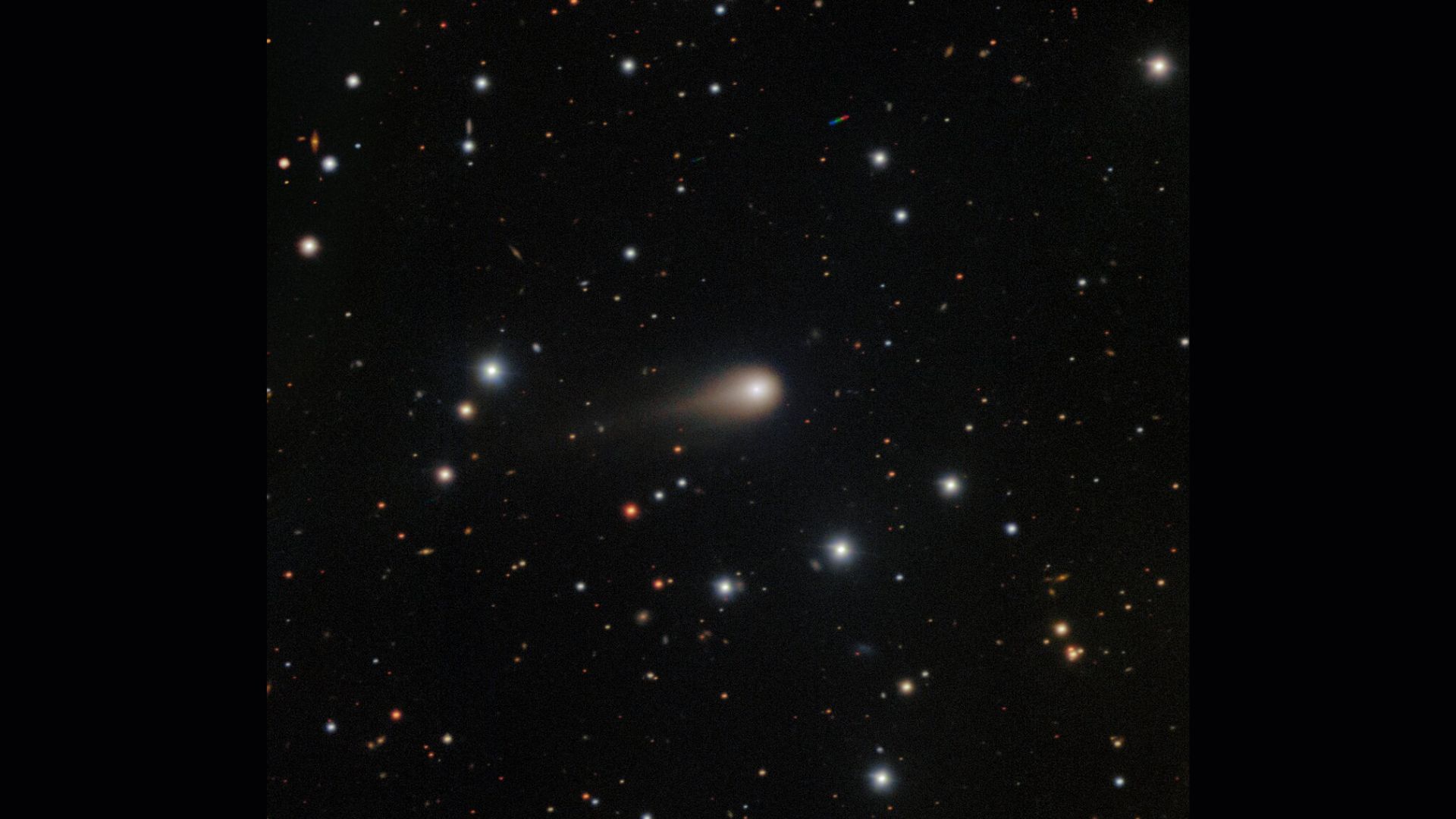Nov. 7 (UPI) — Saturn’s Enceladus moon might be capable of supporting life, according to data collected by NASA’s Cassini mission and compiled in a new study in the Science Advances journal.
The moon is one of the most promising for supporting…

Nov. 7 (UPI) — Saturn’s Enceladus moon might be capable of supporting life, according to data collected by NASA’s Cassini mission and compiled in a new study in the Science Advances journal.
The moon is one of the most promising for supporting…

Fetal alcohol spectrum disorders (FASD) are among the most common preventable causes of developmental disability, affecting an estimated 2% to 5% of children in the United States and Western Europe.
Fetal alcohol spectrum disorders (FASD) are among the most common preventable causes of developmental disability, affecting an estimated 2% to 5% of children in the United States and Western Europe. Yet despite their prevalence, treatment options remain limited, particularly for the cognitive and behavioral challenges that persist throughout life.
Researchers at Children’s National Hospital are working to change that. Through a new $2 million award from the National Institute on Alcohol Abuse and Alcoholism (NIAAA), investigators are advancing the development of a first-of-its-kind drug designed to improve learning and behavior in individuals with FASD.
The study at Children’s National is led by site principal investigators Li Wang, PhD, and Anup Srivastava, PhD, in the Center for Neuroscience Research. The overall project is led by Masaaki Torii, PhD, in his role as principal investigator at a partnering start-up company co-founded by other Children’s National investigators, Kazue Hashimoto-Torii, PhD, and Hiroki Morizono, PhD, who contribute to the study in their company roles.
The research builds on discoveries made at Children’s National about how prenatal alcohol exposure disrupts brain development. The team identified a potassium channel called KCNN2, whose overactivity appears to play a key role in the neurobehavioral symptoms seen in FASD. To address this mechanism, the researchers developed FA-1, a small peptide compound that blocks KCNN2 activity. When delivered intranasally in preclinical models, FA-1 improved multiple behavioral outcomes, suggesting a potential path toward a targeted therapy.
The newly funded Phase II Small Business Technology Transfer (STTR) project will take FA-1 further along the translational pipeline. Researchers will optimize its intranasal formulation and evaluate its pharmacology, efficacy and safety in pre-clinical models. These studies will generate the data needed for an investigational new drug (IND) application with the U.S. Food and Drug Administration (FDA), paving the way for early clinical testing.
Fetal alcohol spectrum disorders currently have no FDA-approved medication that targets the root neurobiological causes of the disorder. Most available treatments only manage symptoms such as attention deficit or anxiety. If successful, FA-1 could become the first drug to directly improve the cognitive and behavioral functions affected by prenatal alcohol exposure.
“This project is an important step toward bringing a true, biology-based treatment for FASD to the children and families who need it,” said Drs. Wang and Srivastava. “The NIH’s support, combined with our partnership with the start-up, allows us to translate our discoveries at Children’s National into a therapy that we hope will make a meaningful difference in patients’ lives.”

Symptoms like cough and fever from common viral infections such as the flu or COVID-19 often fade within a week or so. But new research suggests the health risks don’t end when you start feeling better.
…


TEAM REPRESENTATIVES James VOWLES (Williams), Andrea STELLA (McLaren), Alan PERMANE (Racing Bulls)
Q: I’d like to start with a question to all of you. We’re racing at a very historic track, Interlagos. All three of you have been coming here for…

Comet 3I/ATLAS continues to captivate the public. The comet is only the third known interstellar visitor to our solar system, and has been repeatedly surprising astronomers as it flies through our cosmic neighborhood.
3I/ATLAS was first…

Leclerc will start tomorrow’s Sprint race from the fourth row, with Hamilton on the Sixth.
FP1